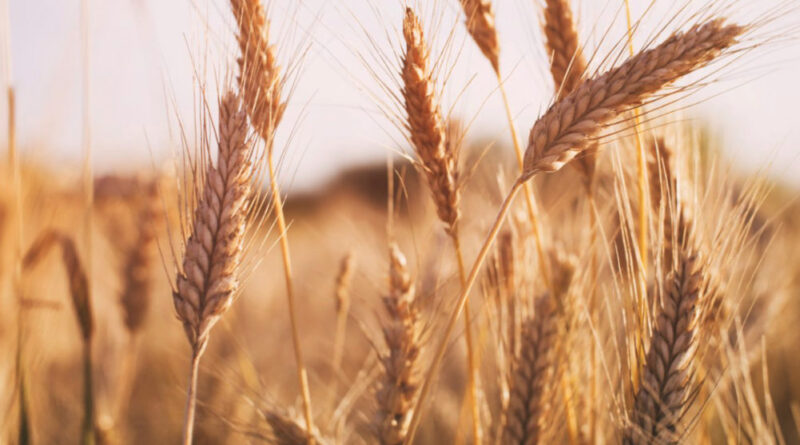Kangra (Himachal Pradesh): Agriculture department estimates 5-7% dip in wheat output in areas hit by dry spell
By Dar Ovais
Due to an extended dry spell this winter in Himachal Pradesh, the agriculture department in Kangra estimates a decrease of around 5 to 7% in wheat production in the worst-affected areas.
Wheat cultivation spanned across 91,000 hectares in the district, with an estimated 4,000 to 5,000 hectares being the severely affected by the dry spell, where production may see a slight decline.
Officials noted that during January, the crop was primarily in the crown root initiation stage and was adversely hit by the dry weather. However, the potential recovery is anticipated in the affected areas owing to recent wet spells.
Approximately 80% of the hilly state depends on rain for irrigation water. In the Rabi season, wheat is a prominent cereal crop, while pea and lentil are dominant pulses, and mustard an important wild seed. Some other vegetable crops are also cultivated. Farmers in Kangra district were growing increasingly concerned about the Rabi crops during January amid the rainfall deficit, as many areas are rain-fed.
Kangra deputy director (agriculture) Rahul Katoch, said, “Because of the recent wet spells, the wheat crop is in recovery stage. However, in the coming days, farmers need to remain vigilant about the occurrence of yellow rust and if the symptoms occur, they should spray the crop with propiconazole 25% EC @1ml per litre of water.”
The department has also set up monitoring teams collaboratively with the Chaudhary Sarwan Kumar Himachal Pradesh Krishi Vishvavidyalaya, Palmapur to monitor the crops in the district.
Compensate farmers registered under crop insurance: Kangra DC
Kangra deputy commissioner Hem Raj Bairwa recently held a review meeting in which instructions were given to assess the damage caused to crops due to less rainfall in the district and to take appropriate steps to provide compensation to the farmers registered under the crop insurance scheme.
Himachal Pradesh received isolated precipitation during January. There was no rain in December as well.
This article has been republished from The Hindustan Times.

